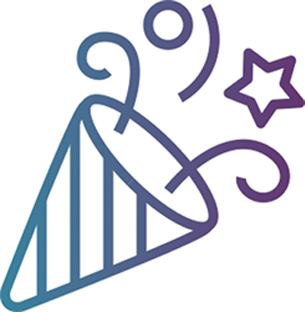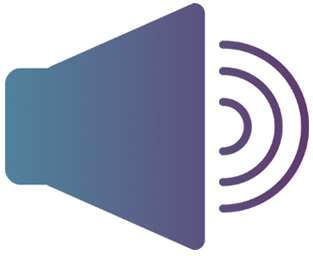
Tips to Expand Reach through Dream It, Be It®
Has your club not yet started a Dream It, Be It project, but you’ve been thinking about it? There is no time like the present! Reach out to your region Dream It, Be It chair or SIA headquarters for assistance—we have lots of planning resources on our website to help you get started!
If your club is already doing a Dream It, Be It project, it’s time to think about how you can expand its reach. Are there other girls in your community who might benefit, or a possible community partner you haven’t connected with? Now is the time! Celebrate the work your club has done while planning for our brilliant future.
Dream It, Be It can still be conducted if your club is working digitally—consult the Soroptimist Forward resources for additional tips.
Finding Girls to Participate in Dream It, Be It
Dream It, Be It aims to reach girls who do not have access to the resources or information to achieve career success. The program focuses on girls in secondary school—or the schooling before they receive a degree or diploma. In most cases, the girls will be between the ages of 14 and 18.
Girls of other ages might benefit from the program. However, Soroptimist research done identified this specific need for this specific population of girls.
Although all girls face barriers because of their gender, we are trying to reach girls that have additional obstacles, such as coming from low-income communities; unstable home lives; a minority, immigrant or refugee family; foster care; or a teen parent situation. Helping these girls identify their career goals and path to success will help them to overcome the barriers and obstacles they face. Specifically, these girls:
- Face obstacles to their success
- Are at risk for having their dreams derailed
- Lack access to professional role models
- Lack access to career education
- Do not know the steps necessary to accomplish their goals
In general, think broadly about the needs of your community in order to determine a target audience that would benefit most from involvement in this program. You can reach out to schools, community organizations, sports teams and religious centers. Consider contacting a school guidance counselor to reach girls who may be at risk of dropping out of school prior to graduation, or the staff of girls’ organizations, girls’ summer camps, teen programs, teen pregnancy shelters, or foster care organizations.
As you begin to identify girls, keep in mind the two options for delivering the project—a conference or small group mentoring series. The size of the group and the specific needs of girls may determine which method is a better fit.
Building Community Partnerships
Partnership with schools or other local organizations that share your goal of helping girls can increase the impact of your project. In addition, partnerships can:
- Enable you to reach a larger audience of girls and accomplish work you could not have done alone.
- Make better use of resources by dealing more effectively and thoroughly with a social issue.
- Increase the number of organizations that are aware of and working on issues affecting girls.
- Lend credibility to your project.
Identify local businesses, organizations or schools that can be helpful while benefiting from partnering with you. Reach out to them and start to build a relationship.
The two most essential qualities of a successful partnership are clearly defined expectations and ongoing communication. Work with your partners to define expectations and responsibilities. You may want to draft a written agreement to clearly outline the roles and expectations. Plan multiple opportunities for communications so all the partners stay informed. Also, be sure that all partners have agreed to the same indicators and definition of success.





